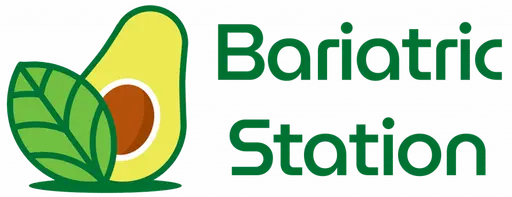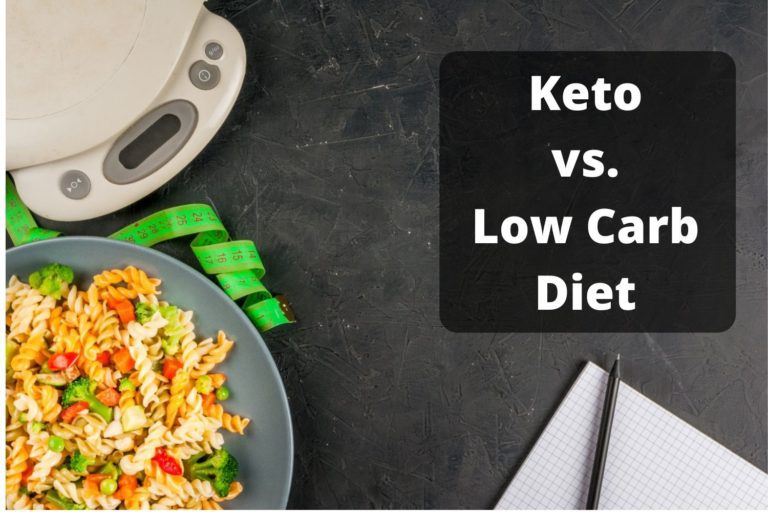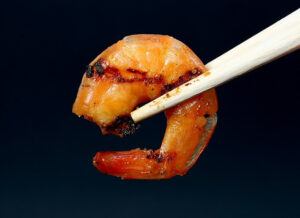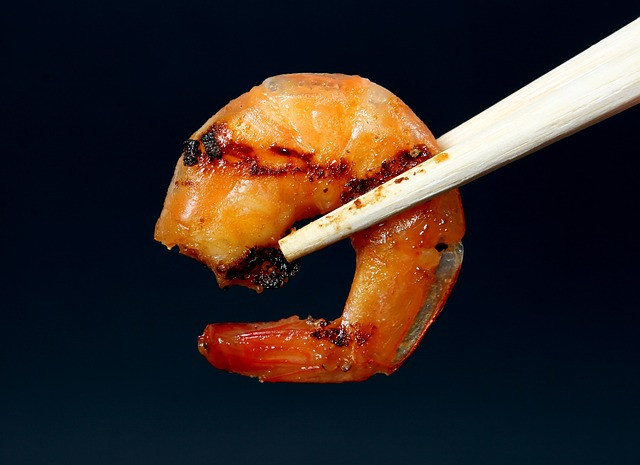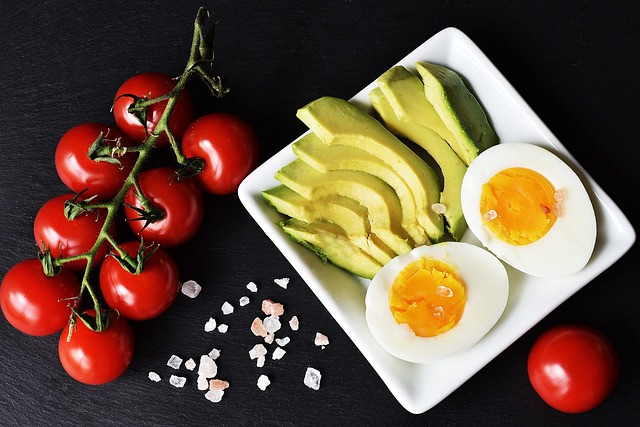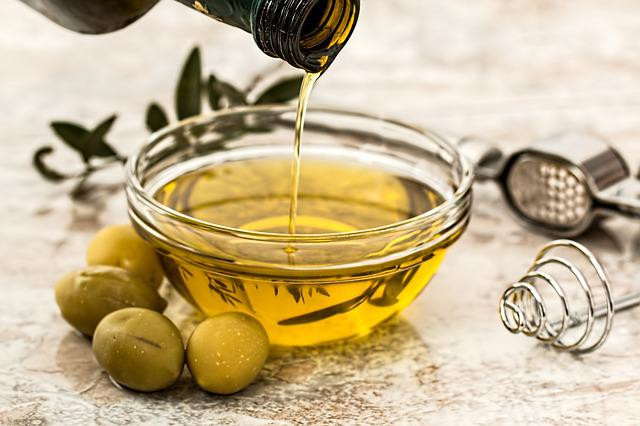Following a diet plan is not only a trend anymore but it is very common nowadays, people tend to have a proper diet rather than an unplanned one as they keep them more organized and scheduled as the daily routines are hectic so having a diet plan helps you a lot, and it also provides numerous health benefits. In This article, we will learn about the keto vs low carb diet.
Likewise, keto and low-carb are some of the most followed and appreciated diet plans because of people’s positive results through these diets. More overly, both the keto and low-carb diet plans are seemed to be a lookalike, but some differences make the diet plans unique in their ways.
What is a Low-Carb Diet?

As explained by the name, a low-carb diet is one where you reduce the carbs and increase fats and protein in your diet plan. This change in macronutrients causes weight loss and health benefits, as proved by many studies. Dieters usually follow many types of low-carb diets, but each has something different from the other.
But the whole point of low-carb diets is to restrict carbohydrate intake mainly. It has been suggested from many scientific studies and research that carbohydrate is the main reason for obesity and a huge contributor to several diseases such as diabetes, hypertension, heart problems, etc. This all happens due to fat storage as we consume more than what we require, and unhealthy foods contain many harmful ingredients.
So, a diet plan such as low-carb helps us manage the health problems and promote a sound and nurturing lifestyle.
Macronutrient Percentages:
Following are the macronutrient percentages that are included in the low-carb diet.
Carbohydrates: 10 % or less per day
Proteins: 35 % or less per day
Fats: 60 % per day
Food Basics:
Low-carb is a very customizable diet plan as you can choose the foods of your preferences, and if you do not like a particular food, there is no strict rule that you have to eat it as this diet plan is not restricted you can have loopholes with it.
The food basics of a low-carb diet plan are:
Foods to include:
The ideal situation is to add natural, organic, and 100% grass-fed foods and not the ones that are artificial or inorganic. The foods that are included in the low-carb diet are
- Red meat and chicken
- Fatty fish and other seafood
- Nuts and seeds
- Eggs
- High-fat dairy products
- Healthy oils such as avocado oil, olive oil, coconut oil, etc.
- Non-starchy vegetables such as kale, spinach, mushrooms, broccoli, cauliflower, etc.
- Fruits are low in carbs and sugars, such as berries, avocado, citrus fruits, watermelon, etc.
- Condiments such as spices, herbs, salt, and pepper
- Healthy sauces such as salsa, guacamole, yellow mustard, hummus.
Foods to exclude:
- The foods that you have to exclude from the diet plan are:
- Refined grains such as bread, cereal, pasta, rice, wheat, etc.
- Hydrogenated oil or processed one
- Sugary drinks such as soda drinks, agave, fruit juices, candy, etc.
- Highly processed foods such as ready-made items or packaged ones,
- Starchy vegetables such as potatoes, carrots, parsnip, etc.
- Sugary fruits such as apples, bananas, etc.
- Sauces such as ketchup, mayonnaise, barbecue sauce, etc.
- The foods that are labeled as “diet” contain a lot of added artificial sugars.
Beverages:
- Water
- Low-carb smoothies
- Black coffee
- Herbal tea
1-day Menu Sample:
Here is a 1-day menu sample of a low-carb diet plan:
Breakfast: Fried eggs with bell pepper, bacons, and tomato, cooked in coconut oil

Snack: Handful of nuts
Lunch: shrimp salad topped with olive oil
Snack: a piece of fruit
Dinner: grilled chicken with stir-fried broccoli and asparagus.
What is a Ketogenic Diet?
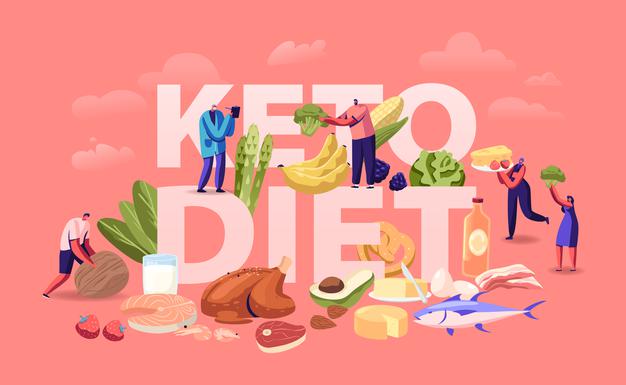
The keto is one of the most popular low-carb diets that has been a top list thing for a very long time. People are very optimistic about this diet plan, although it is more on the challenging side. That’s the reason that makes the dieters more committed to it as they know that the keto diet will provide them their desired results.
The keto is a low-carb and high-fat diet that also involves a moderate protein intake. The carbohydrate content is shallow in this diet plan to only 10 grams per day, which is lower than most diet plans, but that explains that keto is a strict diet plan.
This low carb intake stimulates a metabolic process in the human body which is known as ketosis. Usually, the body gets its energy requirement from carbohydrate metabolism. Still, when you follow a keto diet, ketones (fat bodies) become the primary energy source that keeps the body functions and process doing but also cause the stubborn fat to burn, contributing to weight loss and balanced blood sugar levels.
Macronutrient Percentages:
Following is the macronutrient percentages included in a keto diet:
Carbohydrates: 5 to 10 % per day
Proteins: 15 to 20 % per day
Fats: 65 to 75 % per day
Food Basics:
The ideal situation of the keto diet is to choose organic and 100% grass-fed foods that are completely natural without any additional ingredients to get the proper and pure nutrition of foods.
Foods to include:
Here is the list of foods that you should include in a keto diet plan:
- Red meat, beef, and chicken
- Fatty fish and other seafood.
- Eggs
- Grass-fed butter, cream, and cheese
- Nuts and seeds
- Low-carb vegetables such as lettuce, celery, asparagus, kale, etc.
- Healthy oils such as olive oil or coconut oil etc.
- Non-sugary fruits such as berries, avocadoes, citrus fruits, etc.
- Sauces such as salsa, guacamole, hummus, yellow mustard, etc.
- Condiments such as herbs, spices, salt, and pepper.
Foods to exclude:
Here is a list of foods that you should exclude from the keto diet strictly:
- Starchy grains such as wheat, rice, pasta, cereals, etc.
- Sugary foods such as soda drinks, cake, candy, etc.
- Beans and legumes
- Lentils
- High-carb vegetables such as potatoes, sweet potatoes, carrots, etc.
- Sauces such as honey mustard, barbecue sauce, teriyaki sauce, etc.
- High processed foods
- Refined oils
- Sugar-free or diet foods as they contain artificial sweeteners that contain high carbs.
Beverages:
- Water
- Lemon-infused water
- Herbal tea
- Low-carb smoothies
- Nut-based milk
1-day Menu Sample:
Here is a 1-day menu plan that you will follow on a keto diet:
Breakfast: an almond milk chia pudding topped with dried blueberries and coconut flakes
Snack: 1 slice of cheese
Lunch: grilled chicken salad with veggies and feta cheese
Snack: celery sticks with guacamole
Dinner: cheese shelled tacos with roasted beef and salsa
Differences between Keto and Low-Carb Diet:
Both the diet plans; keto and low-carb, are very similar, but there are still some differences between them which are:
Carbohydrate percentages:
Although it is essential in both diets that carbs intake should be reduced, the reduction is very low in keto and low-carb.
There is a slight difference between the proportion percentages. In keto, you are allowed to consume only 10 % carbs in one day. It can also get to the point of only 5 % per day, which is extremely low. However, in a low-carb diet, the carbs percentage is a little higher than that is you can consume more grams of carb per day.
Protein intake:
Protein consumption is crucial for low-carb and also keto diet as if we do not consume enough of this macronutrient, it can cause muscle loss, hair loss, and other health problems, which is not suitable for the diet plan.
So, the protein intake in the keto diet is moderate, like 15 TO 25 % per day; however, in a low-carb diet, the consumption is higher than 25 %, which does not come in the moderate section.
Restriction measures:
The keto diet is the one with the restrictive measure as it has a strict and well-planned structure where there is no gap for a little bit of change. But for a low-carb diet, the measures are much more on a customizable side. So it is not as strict as keto.
Ketosis state:
The ketosis state is achievable in keto, but in the low-carb diet, it is not attainable. The body can sometimes get in the ketosis state, but it is very rare as you are consuming the carbs, not in a very low amount, and also the protein intake is also a little higher.
Similarities between Keto and Low-Carb Diet:
The main similarities between the keto and low-carb diet are:
Weight loss:
Both the diet plans cause weight loss; however, the results in keto are more efficient than a low-carb diet as the macronutrient percentages are a bit different. But both the diet plans promote weight loss and cause stubborn fat to burn.
Same food scheme:
The keto and low-carb diets have a very similar food scheme, as both include the foods that are natural, organic, and 100 % grass-fed and exclude such foods that contain high sugars, carbs and are highly processed.
Health benefits:
Both the diet plans, keto and low-carb, provide the significant benefit of weight loss and cause a lot of other health benefits like balanced sugar levels, better energy levels, prevention of chronic diseases such as cancer, heart problems, etc.
Stoppage of unhealthy eating:
A very similar point between the two diets is the stoppage of unhealthy foods like the ones which are highly refined, ready-made, fast food, and processed. It helps you finish the habit of binge eating and motivates you to do healthier and clean eating.
Conclusion
The keto and low-carb diets are health-related diet plans that promote weight loss and nutritional benefits in the human body. The idea, concept, food scheme are pretty much identical in both of them. Still, the distinction between the keto and low-carb diet is mainly about the nutrients intake proportions, which are more fixed and stricter for the keto diet. In contrast, low-carb is more variable and customizable.
